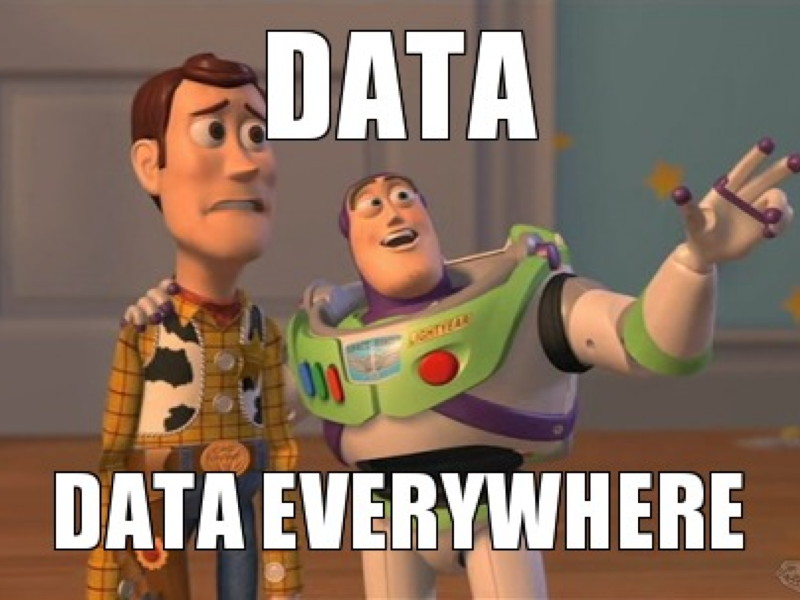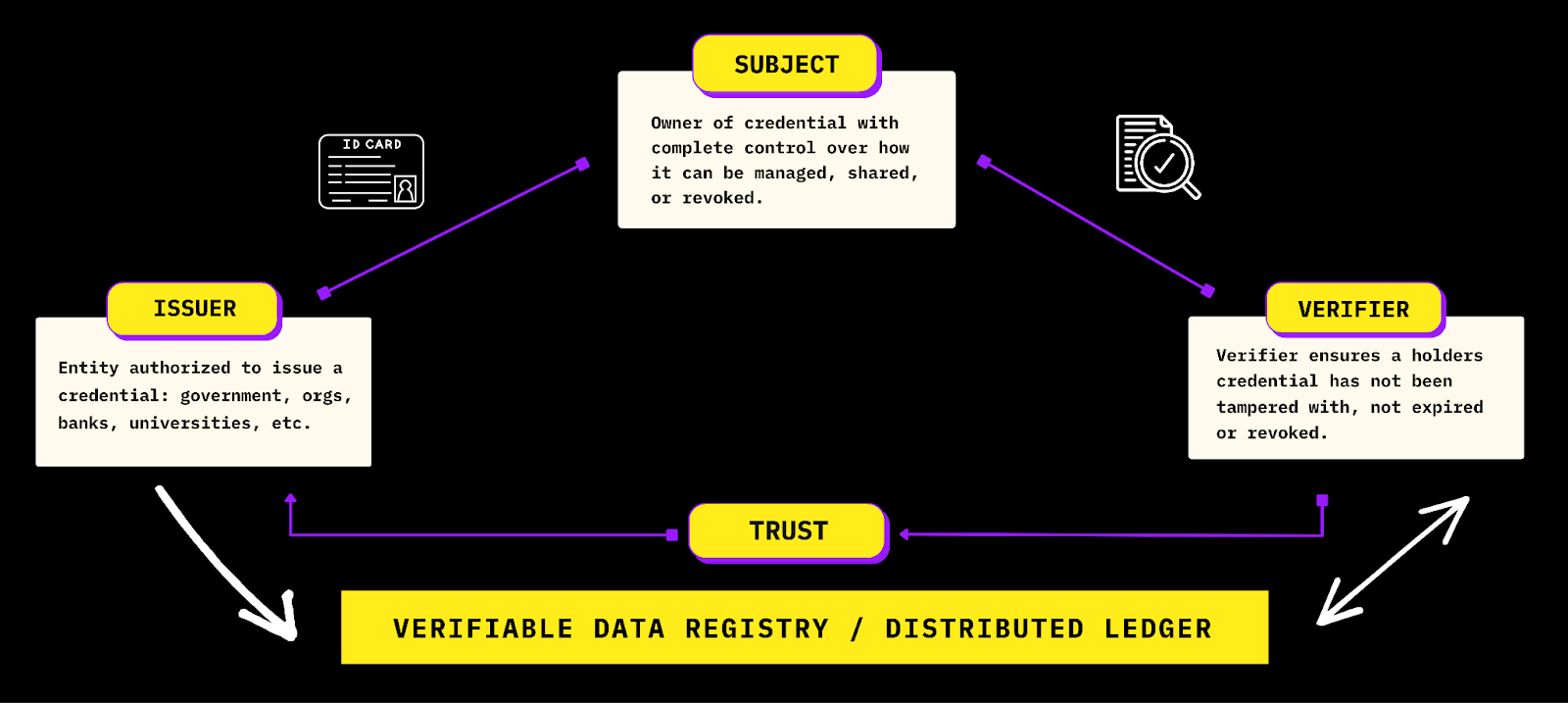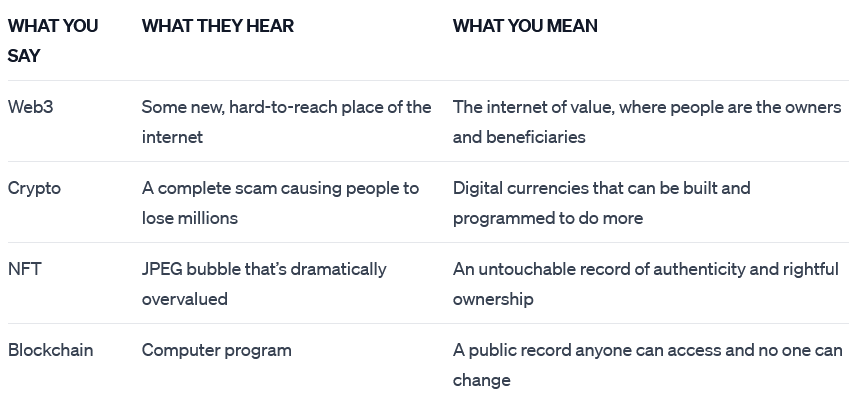One of the key themes in Web3 is the concept of digital ownership. Basically, it’s the idea that you own what you create on the Internet, are able to prove your ownership and can move your digital identity across the online space.

When you access websites and apps, usually you’re using centralized identifiers like emails and usernames. There is lack of ownership, control of data and increased risk of data breaches. Decentralized identifiers (DIDs) could solve many of these problems. Here’s how they are being used today.
LinkedIn announced a new free verified badge feature that will be used to prove the validity of your employment, education, and other achievements. It is using the Self-Sovereign Identity trust model connecting an employee's DID (subject) with their employer's DID (issuer), and LinkedIn as the verifier of the transaction.

According to Bobbilee Hartman, major companies are embracing the use of decentralized technology for identity management and verification at a massive scale. Expect to see more widespread adoption of DIDs in various industries.
In the third edition of the newsletter we discussed the emergence of the word ‘onchain’ as a substitute of the term ‘web3’. Recently, the founder of NFT marketplace Zora elevated the conversation on his website.
Onchain captures the essence of crypto as a powerful expansion of the Internet, and makes it easy for anyone to distinguish if something or someone is using a blockchain or not. It has a tangibility that isn’t always there for ‘crypto’ or ‘web3’.
According to Jacob, ‘onchain’ has come to represent a space where trust, value, decentralization, and transparency are intrinsic values.
There are problems with ‘onchain’, though. As one person pointed out in the initial conversation, a company can maintain a private blockchain that’s no different than a private database, yet still claim their stuff is ‘onchain’. Despite technically being correct, a company like that is still ‘web2’. Whereas ‘web3’ implies permissionless and decentralized.
I think the word ‘onchain’ speaks to technical people, while we need a term that has a better chance to communicate to wider audiences what the internet of value is.
Speaking of language…

According to Blockworks, the words of Web3 must be less about the awesome tech and more about the user. Rather than educating the uninformed or flaunting a technically impressive feat, we can do better by starting and ending with their needs, with Web3 connecting the dots in between.
My name is Petar Kashev and I’m a marketing professional from Bulgaria 🇧🇬 You can follow me @petar on Warpcast or message me @petar on Telegram.
- Loading comments...